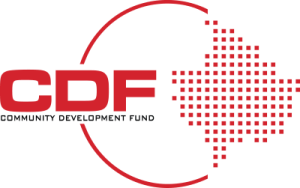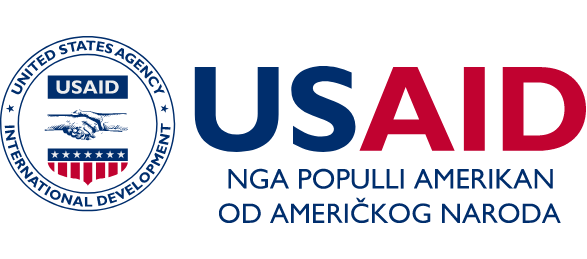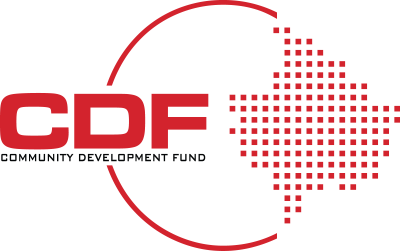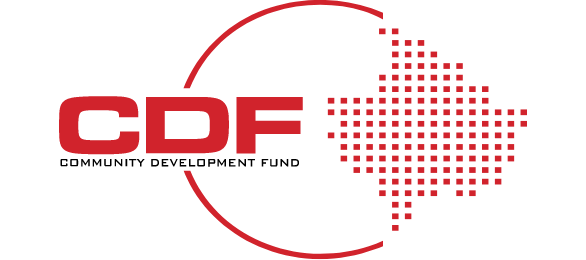In the world of Micro, Small, and Medium Enterprises (MSMEs), especially in the budding entrepreneurial landscape of Kosovo, the phrase “Product-Market Fit” (PMF) is more than just a buzzword; it’s the linchpin of sustainable business growth. However, achieving this elusive fit is less about gut instinct and more about methodical investigation. This comprehensive guide aims to shed light on the indispensable tools of customer interviews and surveys as a pathway to gauge and achieve PMF effectively.
The Significance of Customer Insights
Before diving into the mechanics, it’s important to understand why customer interviews and surveys are pivotal. They offer:
- Direct Feedback: Direct from the source, it’s the closest you can get to the customer’s thoughts.
- Data Points: They provide valuable data that can be quantified and analyzed.
- Product Improvements: They offer actionable insights for product refinement.
Preparing for Customer Interviews and Surveys
Define Objectives
Clearly articulate what you aim to understand from your customers. Is it product features, pricing, or customer satisfaction?
Select the Right Audience
Your survey is only as good as the audience you select. In Kosovo, consider factors such as demographics, purchasing power, and regional preferences.
Design the Questionnaire
The questions should be simple, direct, and designed to encourage open-ended responses.
Conducting the Interviews and Surveys
Types of Interviews
- One-on-One Interviews: Best for deep insights.
- Focus Groups: Useful for a broad understanding of customer attitudes.
Types of Surveys
- Online Surveys: Useful for a larger audience. Tools like Google Forms or SurveyMonkey can be useful.
- In-Person Surveys: These can be more personal and are effective for localized businesses in Kosovo.
Example: A Kosovo-based e-commerce startup specializing in locally produced goods used online surveys to understand why customers were abandoning their shopping carts. The feedback led to an improved checkout process, significantly reducing cart abandonment rates.
Analyzing the Data
- Quantitative Analysis: Look at metrics like average scores or percentages.
- Qualitative Analysis: Dive deep into open-ended responses for insights that numbers can’t provide.
- Comparative Analysis: Compare the data against your business objectives and KPIs.
Kosovo-Specific Considerations
Given Kosovo’s unique market dynamics and consumer behavior, MSMEs should take into account:
Language and Culture: Ensure that the surveys are culturally sensitive and available in languages commonly spoken in Kosovo.
Example: A Pristina-based cafe successfully used focus group interviews to understand why their breakfast menu was underperforming. The insights led to a revamped menu that was more in line with local tastes, increasing morning footfall by 30%.
For MSMEs in Kosovo, the road to product-market fit can be rife with challenges, but it’s a journey that doesn’t have to be walked blindly. Customer interviews and surveys serve as the compass that guides your business decisions, keeping you aligned with market demands. By following these practical steps and best practices, Kosovo’s entrepreneurs can not only understand but also fulfill the expectations of their customer base, thereby achieving the coveted product-market fit.








